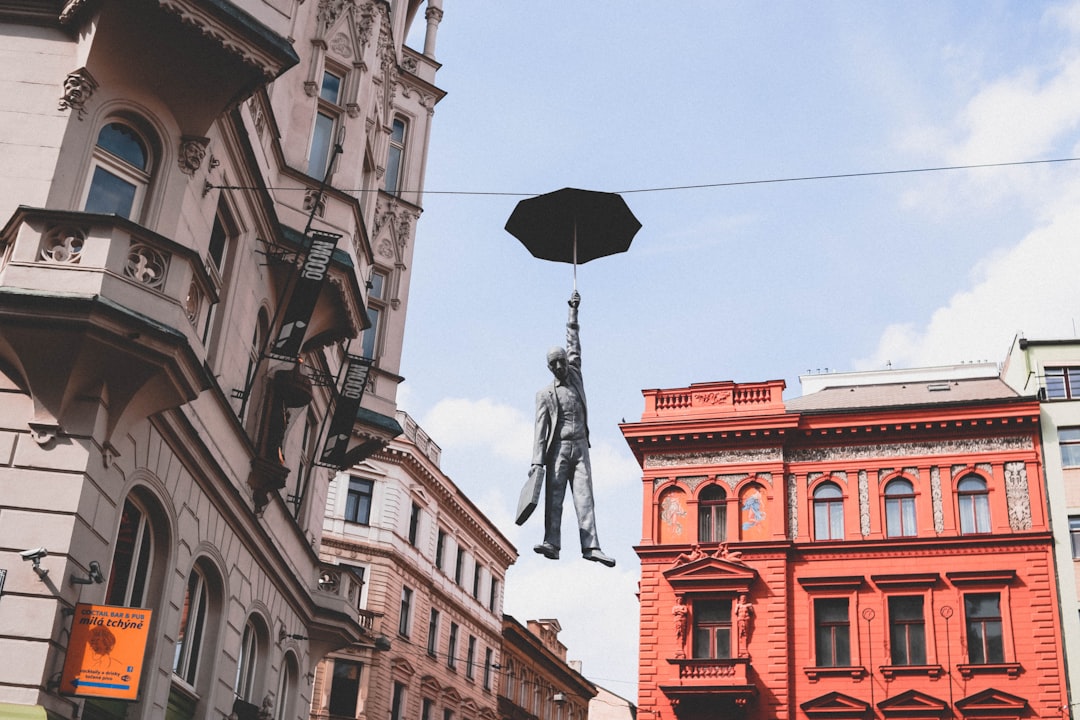Charles Bridge

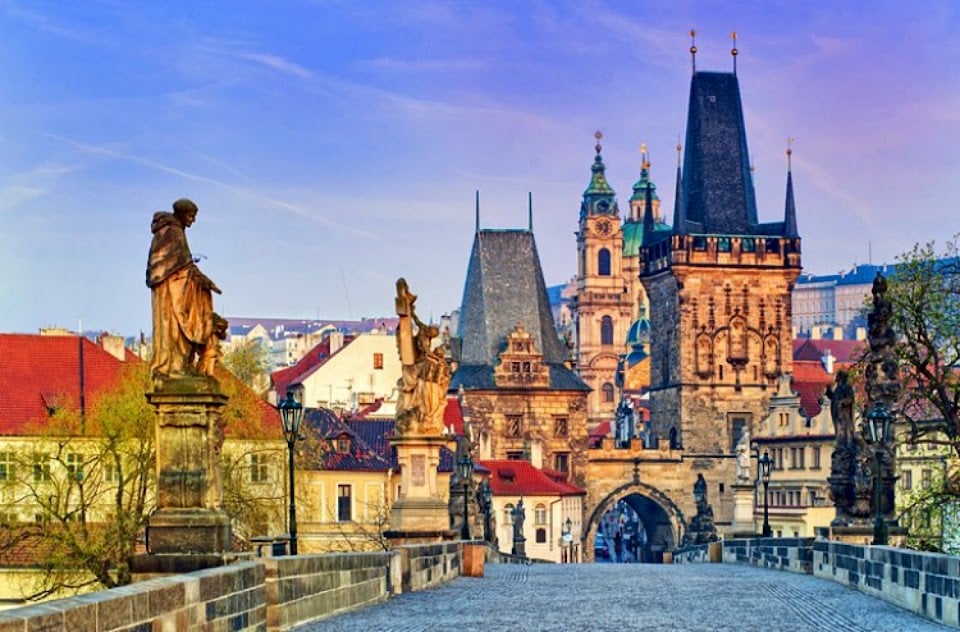
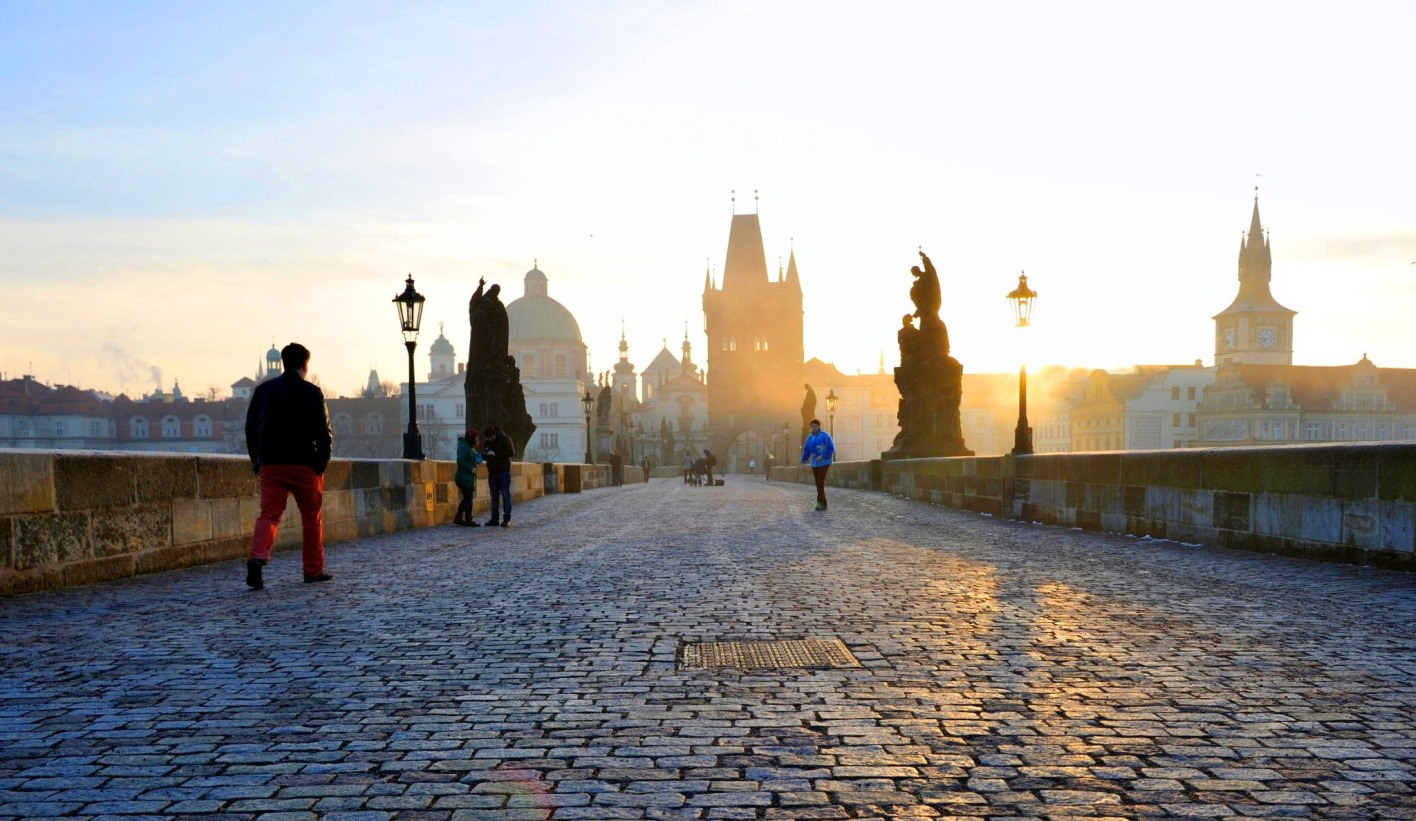
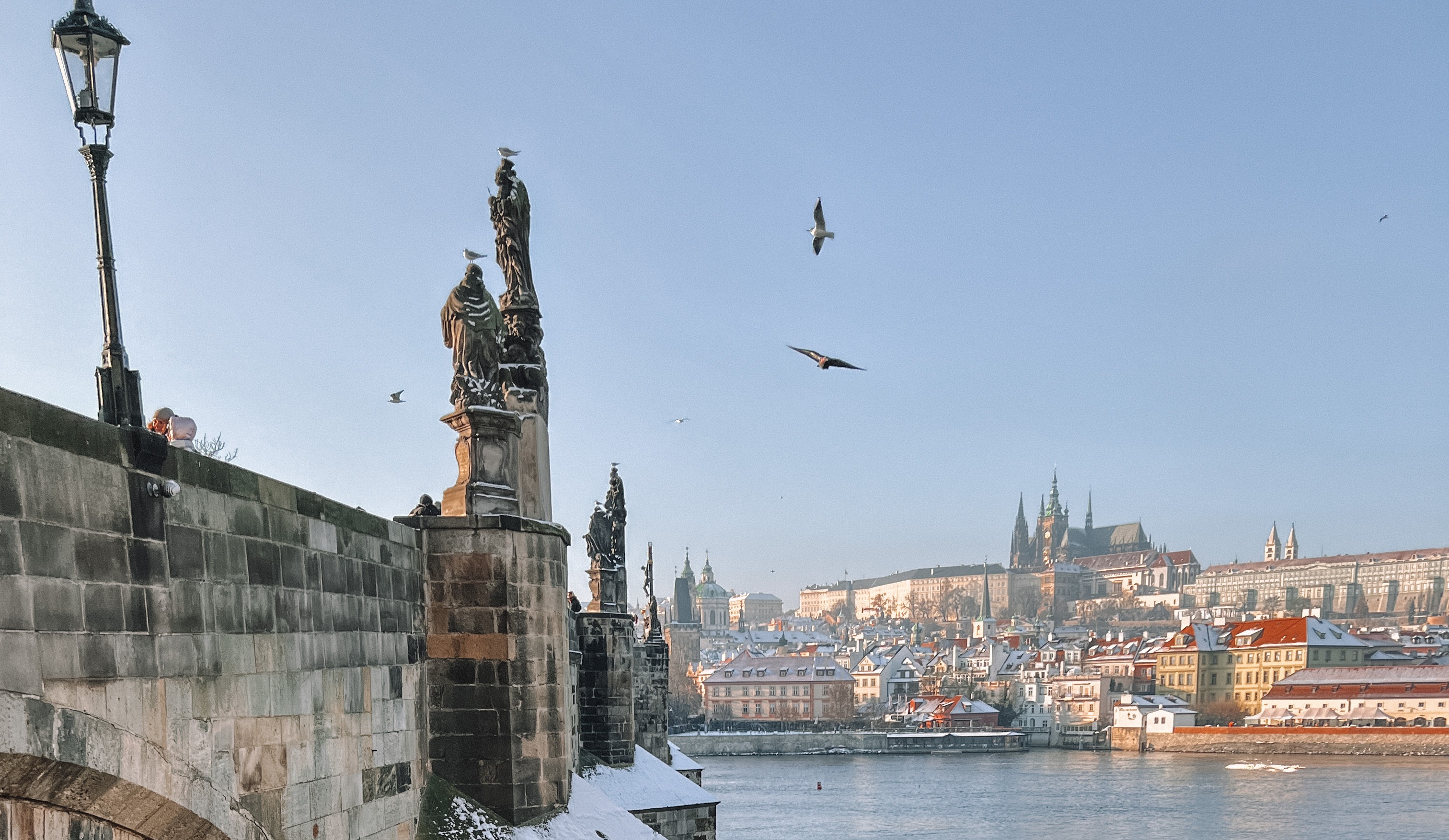
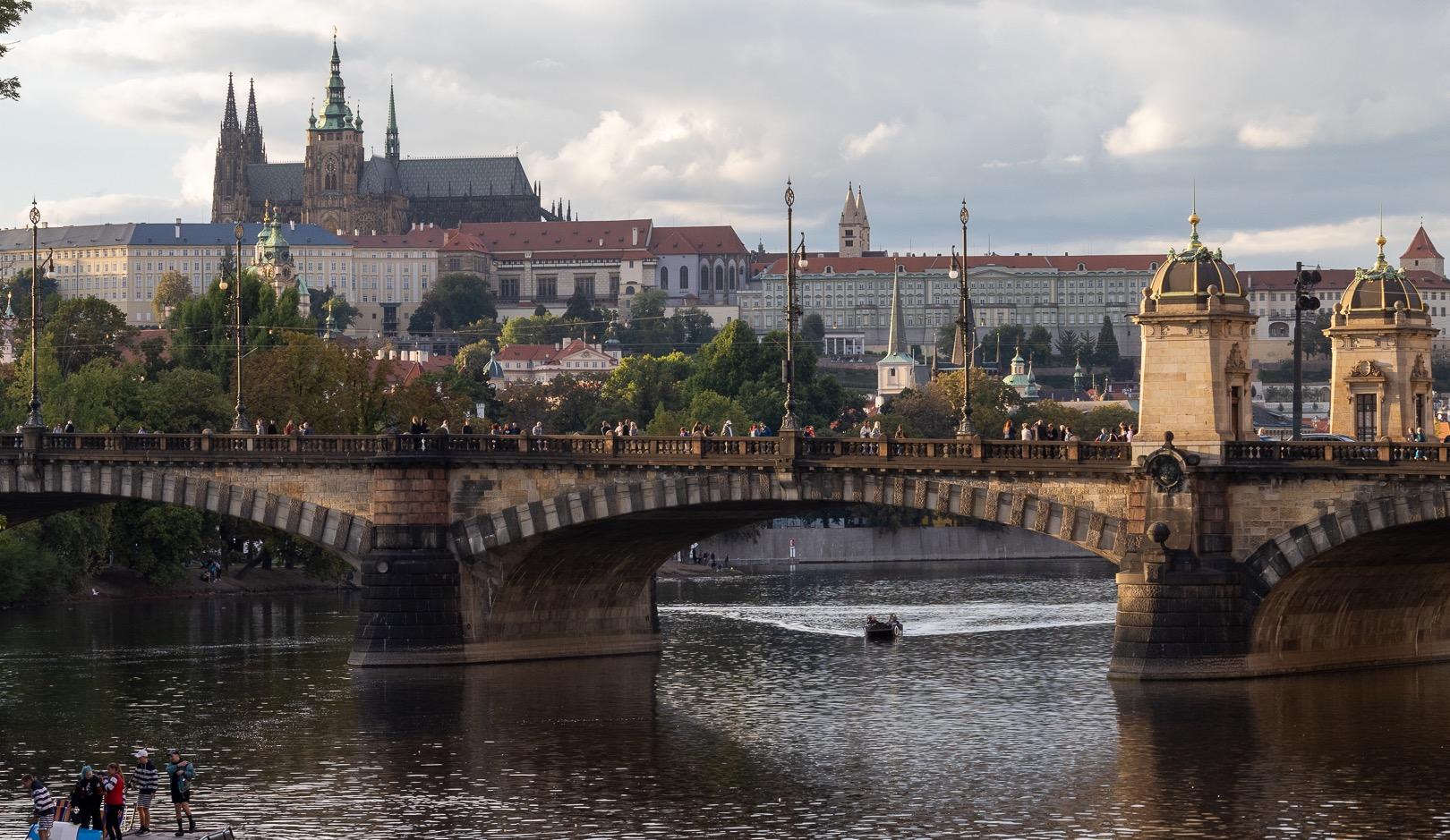
What people say
Biljana Spasovska
"The Charles Bridge is a remarkable example of Gothic and Baroque architectural styles. Its construction began in 1357 under the patronage of Emperor Charles IV, after whom the bridge is named.
The bridge stretches approximately 516 meters (1,693 feet) in length and is supported by 16 arches, each with a tower on either end. The towers serve both as gateways to the bridge and as defense structures, showcasing a fusion of form and function. The bridge's most distinctive feature is the series of 30 statues that line its balustrades, depicting various saints and religious figures.
A few interesting facts about the bridge:
Foundation Legend: According to legend, Emperor Charles IV ordered the foundation stone of the bridge to be laid at a specific time - 5:31 AM on July 9, 1357. The numerical sequence (135797531) is believed to imbue the bridge with good luck and protection against floods.
It is said that the mortar used in the construction of the Charles Bridge contains a unique ingredient - egg yolks. It is believed that egg yolks were mixed into the mortar to enhance its durability and strength.
One of the most famous statues on the bridge is that of St. John of Nepomuk. Touching or rubbing the statue is believed to bring good luck and ensure a return visit to Prague. Over the years, the statue has become noticeably shiny due to the countless hands that have touched it.
The statues on the bridge are not only artistically significant but also serve as valuable historical records. They provide insight into the religious and cultural values of the time, as well as the personalities and beliefs of the Czech people.
During the Thirty Years' War in 1648, the Charles Bridge played a role in a unique defensive strategy. The Czechs removed several of the bridge's statues and placed wooden boards in their stead, creating the illusion that the bridge was in ruins. This tactic helped deter the advancing Swedish army.
Many of the statues on the bridge are replicas, as the originals have been moved to protect them from weather and pollution. The replicas were crafted using traditional methods and materials to maintain the bridge's historical integrity."
Read more in:
Dream Prague
"Charles Bridge is the oldest still-standing bridge in Prague, crossing the Vltava River. It is also a part of the "Royal Route" which begins in the Old Town and leads to Prague Castle. Its history takes you all the way back to the 14th Century when its foundation allowed for trade routes connections between the Western and Eastern parts of the Hungary Empire (today's Europe).
King Charles IV had this bridge built in 1357, shortly after the original Judith's Bridge was damaged during a flooding incident. What you might find intriguing are the 30 life-sized statues on the bridge, as if leading you across the river through an open-sky gallery. The statues are mostly depicting famous Saints from Czech history with many of them having strong symbolic meanings.
Today, Charles Bridge gets crowded with tourists and travelers visiting Prague. So our recommendation for you is to wake up early to capture the true peaceful beauty with your camera (without any other of those pesky tourists).
Naturally, there are many legends and urban myths connected with the construction of the Charles Bridge. The most famous legend is about builders adding raw eggs to a mortar to strengthen the bridge and assure for its long future."
Pedro Pereira
Available for hire
"Charles Bridge (Karlův most) is a stunning 14th-century stone bridge that connects the Old Town with the Lesser Town in Prague, offering some of the most picturesque views of the city. Commissioned by King Charles IV, the bridge’s foundation stone was laid in 1357, with Peter Parler, Charles’s favored architect, overseeing much of the work. Originally designed for functional purposes, such as knightly tournaments, the bridge was adorned with only a crucifix for many years. Over time, Catholic influences led to the addition of 30 statues between 1600 and 1800, though many of the 75 statues seen today are replicas due to damage from floods and other events. The oldest statue is that of John of Nepomuk, a significant religious figure in Prague.
The bridge is lively during the day, with street artists, musicians, and performers entertaining crowds, including a particularly popular jazz band. However, for a more peaceful and romantic experience, early mornings or evenings are recommended. The bridge is framed at both ends by towers: the Old Town Bridge Tower and the Lesser Town Bridge Tower, adding to its majestic presence as one of the city's most iconic landmarks."
Read more in:
Mentioned in these guides
About Charles Bridge
Get the inside scoop on Charles Bridge from local experts, travel creators, and tastemakers. Browse genuine trip notes, Charles Bridge reviews, photos, travel guides, and itineraries from real travelers and plan your trip with confidence.
Save this spot for later or start mapping out a new trip today
Try our AI Travel Assistant and get instant answers to any questions about your trip.
Ask ThatchGPT
